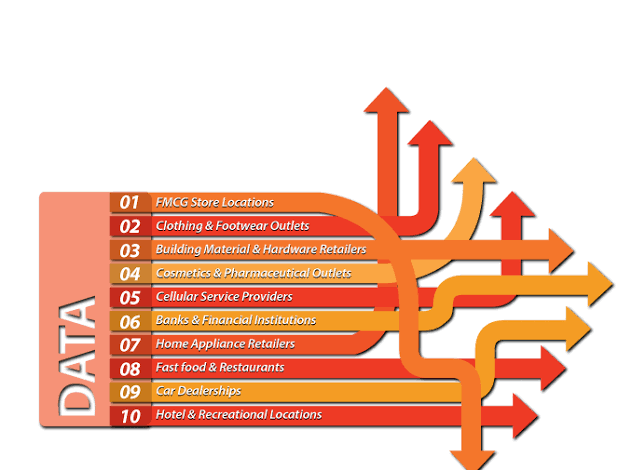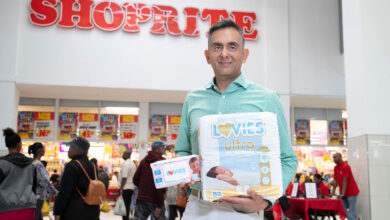MediaMap Is Start-Up Which Aims To Help Brands Choose The Best Locations For Their Stores

MediaMap Is Start-Up Which Aims To Help Brands Choose The Best Locations For Their Stores. MediaMap provides retail location analytics right down to suburb level. The company empowers its clients with accurate geo-marketing statistics and revenue forecasting. A decade of experience gives them the confidence to run the numbers and show its clients where to open their next thriving store.
Geo-marketing is a tool marketers use to determine strategies and create campaigns—a method of handling data that creates powerful and actionable insights into the market environment. Geo-marketing is also the use of location knowledge to frame marketing efforts, using digital mapping to organise and display data for review and decision-making. Revenue forecasting, when done right, can ground one’s decision making in realistic fact instead of optimistic fantasy. It helps people understand what one currently makes, what they need to make, and the resources they need to bridge the gap.
MediaMap profiles its client’s existing customers and the suburbs they live in. Data sources such as Census, LSM, Life Stage, AMPS and STATS SA CPI expenditure are used in conjunction with their own company data to identify new markets and where their client should next expand their brand. Its map-based infographic reports are filled with insights clients need about potential customers when making that next geo-marketing decision. Optimal location & visibility is the corner stone which drives success of retail outlets. MediaMap analyses its client’s opposition locations to help them decide where to expand next.
Its infographic reports gives clients a birds-eye view of trade areas and contain tens-of-thousands of geo-referenced store locations to show retail trade density at suburb level. Its revenue forecasting models span across all retail sectors and are tried and tested with actual sales data. Consumer expenditure data, in conjunction with competitor proximity analysis, is used to calculate their retail revenue share.
Retail sectors that are covered include: Food and Non-alcoholic Beverages; Alcoholic Beverages and Tobacco; Clothing and Footwear; Housing and Utilities; Household Contents, Equipment and Maintenance; Health; Transport; Household Supplies and Services; Communication; Recreation and Culture; Education; Restaurants and Hotels and Miscellaneous Goods and Services.




